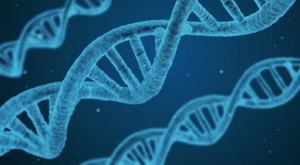A piece of high school genetics, relied on for many sorts of genetic testing, has been found to have exceptions. Although mitochondrial DNA (mtDNA) is normally received from the mother, three families have been identified where people received some of their mtDNA, three-quarters in the most extreme case, from their father. The finding may change the way we treat mitochondrial diseases and brings genetic testing for maternal ancestry into question.
MtDNA exists separately from the rest of our DNA, inside the thousands of mitochondria within each cell, rather than the cell nucleus. It is so widely accepted as being from the mother’s side it is sometimes known as the Eve Gene, the idea being that it can be traced back to some primeval mother of all living humans. Testing of mtDNA is used to identify maternal ancestry.
The stuff beer cans are made from is linked to Alzheimer’s disease
However, all that will have to change after Dr Shiyu Luo of the Cincinnati Children’s Hospital Medical Center published a paper in the Proceedings of the National Academy of Sciences.
Luo’s first exception is a boy who at four was hospitalized with symptoms suggestive of mitochondrial disease. Sequencing of the boy’s mitochondria revealed no disease-causing genes, but some oddities in the mtDNA that led Luo and colleagues to sequence other family members for comparison. Around 40 percent of the boy’s mitochondria matched that from his mother’s father, and only 60 percent came from his grandmother.
After testing of other members of the same family, and other families with mitochondrial diseases, Luo found that, while paternal inheritance is very rare, it has occurred at least 17 times in three tested families.
Read more: iflscience
Ask me anything
Explore related questions





